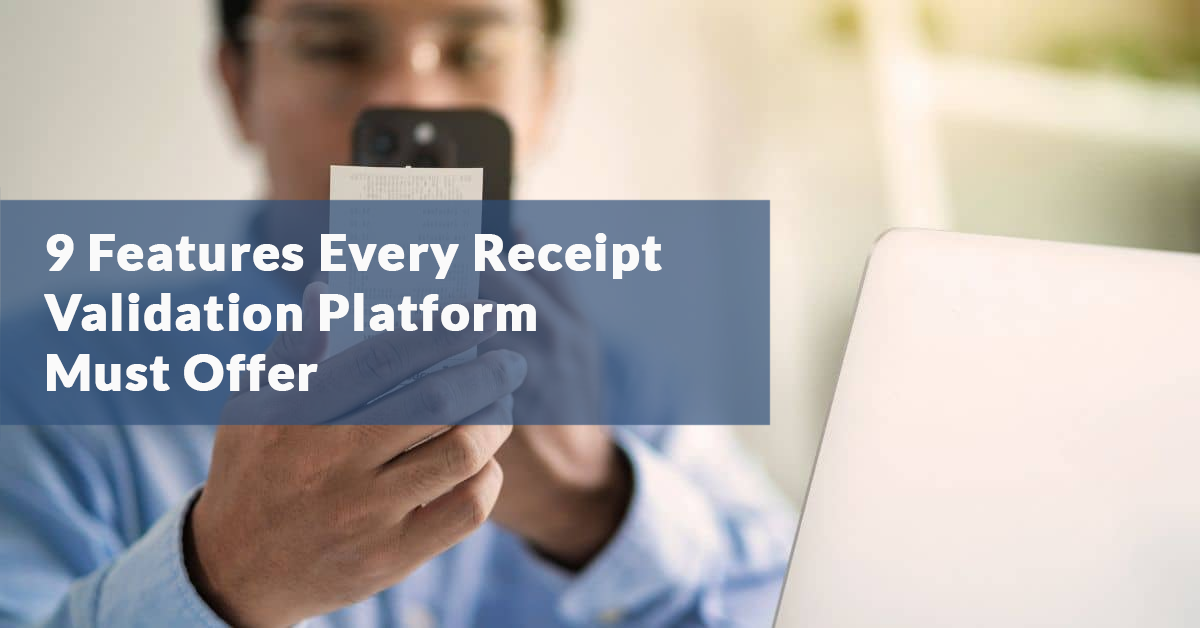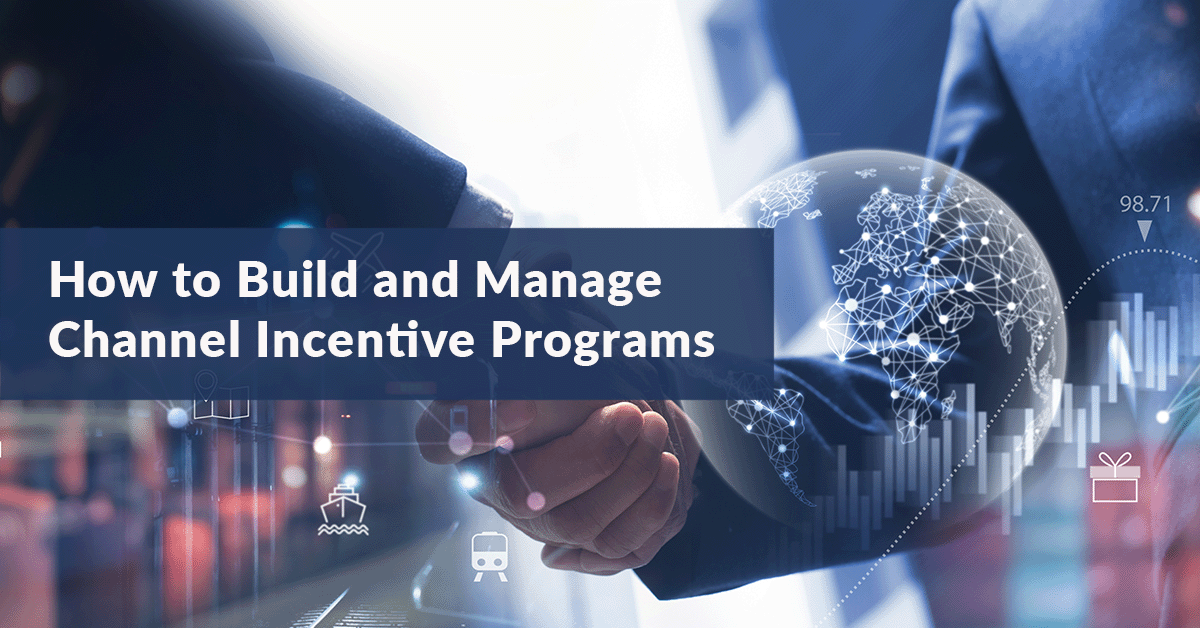AI for Customer Engagement
What it does: Analyzes customer data and input to create personalized interactions and chats that anticipate customer needs.
Virtual beauty consultant
Sephora used AI to turn an overwhelming number of product choices into an opportunity. After conducting consumer research, they found that many of their shoppers were dumbfounded by the sheer volume of items they offered, causing them to spend too much time browsing to find the right products. To address this issue, they employed AI-powered chatbot technology powered by Kik, not just for selling but to serve as a guide and assist their shoppers featuring an interactive quiz that acts as a virtual beauty consultant that extends the interaction beyond canned responses to offer personalized recommendations and suggestions based on individual shoppers’ responses.
Sephora’s chatbot-powered shopping service is now live on its website and mobile app where shoppers can interact with an autonomous, 24/7 makeup expert who’s at the ready with beauty tips and can help narrow down the sea of choices their shoppers face and help drive sales. Their chatbot has delivered an 11% higher conversion rate for booking in store makeover appointments compared to any other channel.
Immersive AI-powered consumer experience
Coca-Cola is leading the way in the generative AI space with its immersive AI-powered consumer experience, Y3000. By leveraging AI to create art for this limited-edition product, the company enables users to generate futuristic images and videos using the Coca-Cola Y3000 AI Cam. This innovative strategy, driven by Stable Diffusion’s generative AI technology, underscores Coca-Cola’s dedication to remaining at the forefront of the beverage industry. Oana Vlad, Senior Director of Global Strategy at Coca‑Cola, highlights the integration of human intelligence and AI, as the company strives to stay relevant and refreshing well into the future.

AI for Personalization
What it does: Analyzes consumer data to deliver tailored content, offers, and experiences based on individual preferences.
Proactive pet care
Nestle’s pet care division is developing a holistic product ecosystem that integrates smart technology like the Petivity Smart Litterbox to track cat’s health indicators and weight patterns to personalize pet health management. By leveraging proprietary algorithms, its ecosystem not only monitors these data points but also interprets them to provide actionable insights to pet owners. The ability to identify cat’s early signs of illness and obesity can be crucial in proactive pet healthcare. Furthermore, offering personalized recommendations through a mobile app powered by AI adds significant value, guiding pet owners on when to seek veterinary advice and providing expert insights tailored to their pets' specific needs.
This approach not only enhances pet owners' ability to monitor and manage their cats' health effectively but also strengthens the bond between pets and their caregivers through informed and proactive care strategies.
AI for Ad Optimization
What it does: AI tools increase the performance of marketing for CPG brands by enabling them to create personalized campaigns targeted to the most ideal shoppers.
Dragonfly AI uses its eye-tracking technology to help brands like Pepsi, and Reckitt sort through thousands of AI-generated images to select which ones will resonate best with their audience. According to the company, currently only 5% of creative content is tested by CPG brands. Dragonfly lets brands upload and test up to 26 designs, delivering them instant feedback on design elements like logo placement and ad copy. A telco brand benefited from using this technology experiencing a 200% increase in click-through rates on its emails compared to a control group.
AI for Product Innovation
What it does: Analyzes market trends and consumer preferences, generates and refines product ideas, and forecasts market demand, supporting product innovation to stay competitive and develop personalized products.
Energy supplement and drink company Eboost is leveraging marketing intelligence company Native’s generative AI tools to enhance marketing and product innovation. Eboost is researching and creating digital twins of target consumers. This strategy allows the company to gain a deeper understanding of consumer preferences and purchasing habits. Thomas Ortis, Eboost's Chief Marketing Officer, highlights the substantial competitive edge generative AI provides in crafting personalized experiences, fostering customer loyalty, and shaping future product offerings.
Accenture collaborated with P&G to co-create a "Human + Machine" toolset, drawing on their emerging technology and design expertise to drive faster innovation and deliver new value. An Accenture Labs team worked with P&G's data, process, and product specialists, alongside leading academics, over six months. They identified potential Human + Machine collaboration areas in product development to accelerate the creation of new products. Accenture introduced P&G to proven AI assets from other industries and explored their application to CPG.
P&G validated Accenture's prototypes of two advanced approaches: Explainable AI for incremental product improvements and Generative Networks for discovering new formulations. These tools enhance developers' capabilities, suggesting formulations that meet specific parameters quickly. For example, if a dishwashing liquid needs a new foaming ingredient at the original price point, the AI can recommend alternatives and adjust for impacts on color. This iterative AI-driven approach optimizes formulations efficiently.
"We have very much valued the opportunity to partner with Accenture and learn about the application of new AI techniques which enable our people to unlock insights and value from our proprietary data and expert knowledge," said David Cumming, VP Digital Innovation-M&S – R&D Fabric & Home Care at P&G.
AI for Supply Chain Optimization
What it does: Streamlines logistics, forecast demand, manages inventory, and reduces costs, enhancing overall efficiency, responsiveness, and profitability for CPG clients.
HanesBrands is utilizing OpsVeda’s generative AI technology to streamline its supply chain, tackling complex queries and making this information available to all employees. Their deployment of the Gen AI assistant, powered by OpsVeda, marks a transformative advancement in supply planning. This system integrates with messaging tools such as Microsoft Teams, Slack, and WhatsApp, allowing users to access information through natural language interactions. Hemant Ramaswami, VP of Global Supply Chain Planning at HanesBrands, highlights the crucial role of this solution in improving customer service, signifying a significant shift in operational efficiency.
AI for Price Optimization
What it does: Uses real-time data for AI-generated dynamic pricing, analyzing promotions, and tailoring market strategies to quickly adapt to market changes.
With consumers feeling the strain of grocery price increases after three years of compounded inflation, Whole Foods Market recently reevaluated the value message conveyed by its pricing. To support strategic decision-making, the company utilized AI-powered price tier analytics from NIQ to competitively position its private label brands to ensure they were offering the maximum value to their shoppers at the correct prices.
AI for Predictive Analytics
What it does: Uses Ai for real-time forecasting demand to manage inventory, analyzing customer behavior for personalized marketing, and track market and competitor data.
Coca-Cola faced the challenge of analyzing data from diverse sources like bottlers across different geographies and formats. This overwhelming and unstructured data required robust analytics to make sense of it. Their use of Fractal Analytics AI platform enabled Coke to harmonize data from disparate distribution facilities and delivered data visualization dashboards to compare brand performance.
Nestlé and General Mills, through their joint venture CPW, are incorporating an AI assistant powered by OpenAI’s GPT-4 language model to enhance business intelligence discovery. Chris Potter, CPW’s Global Applied Analytics Representative, explains how this technology will allow a wider range of employees to access insights from data, thereby improving decision-making processes. Similarly, AB InBev is adopting this technology to help its team become more comfortable with data interaction. The use of generative AI tools like ChatGPT signifies a growing trend among CPG companies to explore innovative methods for optimizing operations and marketing strategies with AI technologies.
AI for Measurement
What it does: AI provides data-driven insights on campaign performance, customer behavior, and ROI, optimizing marketing strategies and improving decision making.
Low carb snack brand Catalina Crunch turned to PrecientAI to optimize its marketing mix models, eliminating a previous home-grown Excel-based solution that took 15 min just to open. With PrecientAI, Catalina Crunch was able to get granular visibility into their monthly ad spend channels and improve its ability to forecast and reallocate spend budgets for optimal performance, resulting in a 24% reduction in customer acquisition cost.

These examples only scratch the surface of what’s possible with AI, some of the other categories listed in our AI Shopper Marketing Technology Landscape include Price Optimization, Creative Optimization, Product Innovation, Promo Fraud Management, Customer Support Tools, Video Personalization, Voice of the Customer, and Retail Merchandising Services.
AI Will Impact Shopper Experiences
AI will significantly transform shopper marketing, driving efficiencies and enhancing customer experiences both in-store and online. As AI for Shopper Marketing continues to evolve, it promises to deliver more meaningful and efficient shopping experiences, solidifying its role as a critical tool for brands and retailers aiming to stay competitive and relevant.
To learn how Snipp, can help your shopper marketing campaigns with contests, sweepstakes or other types of promotions, contact us here for a short consultation.






